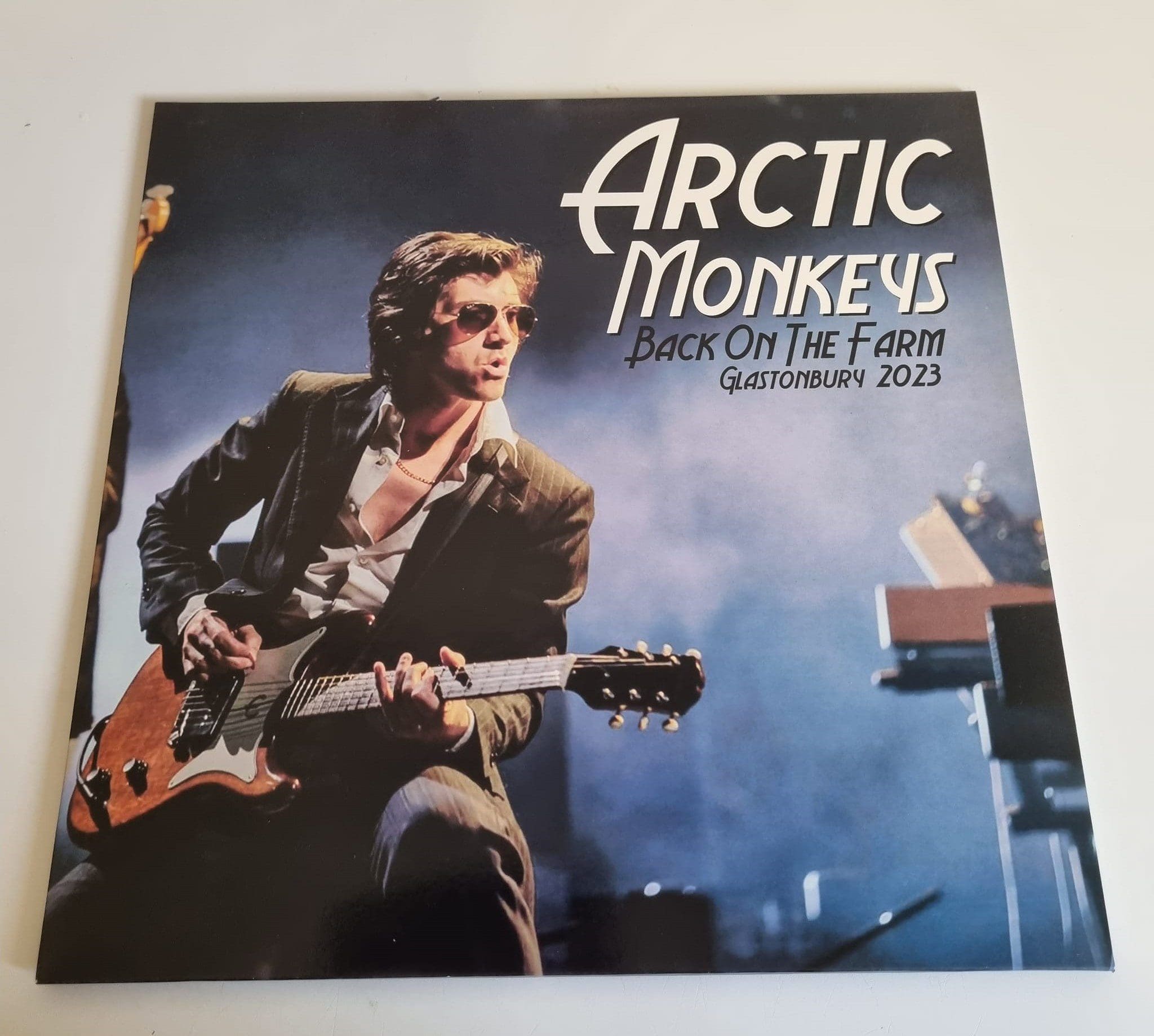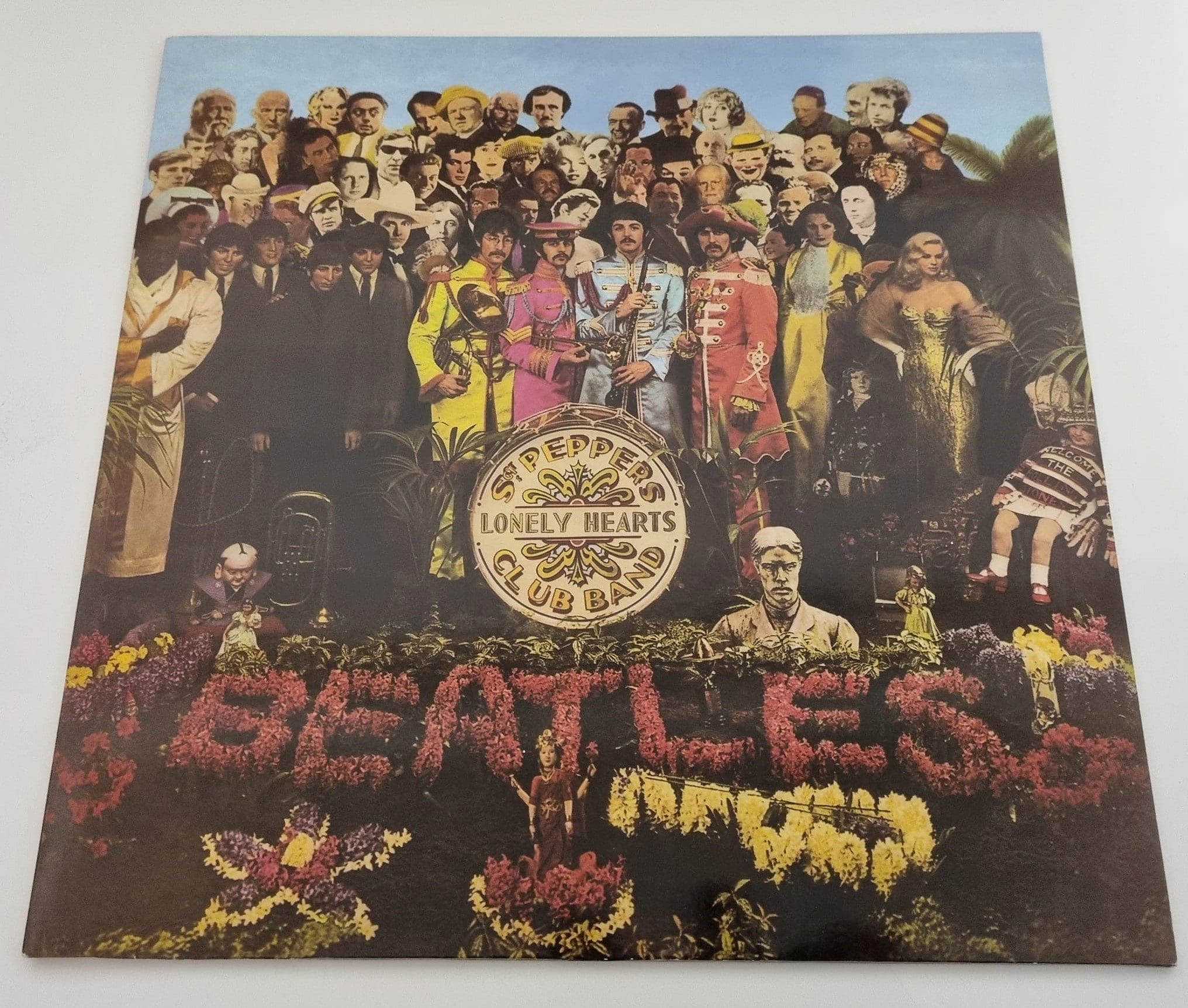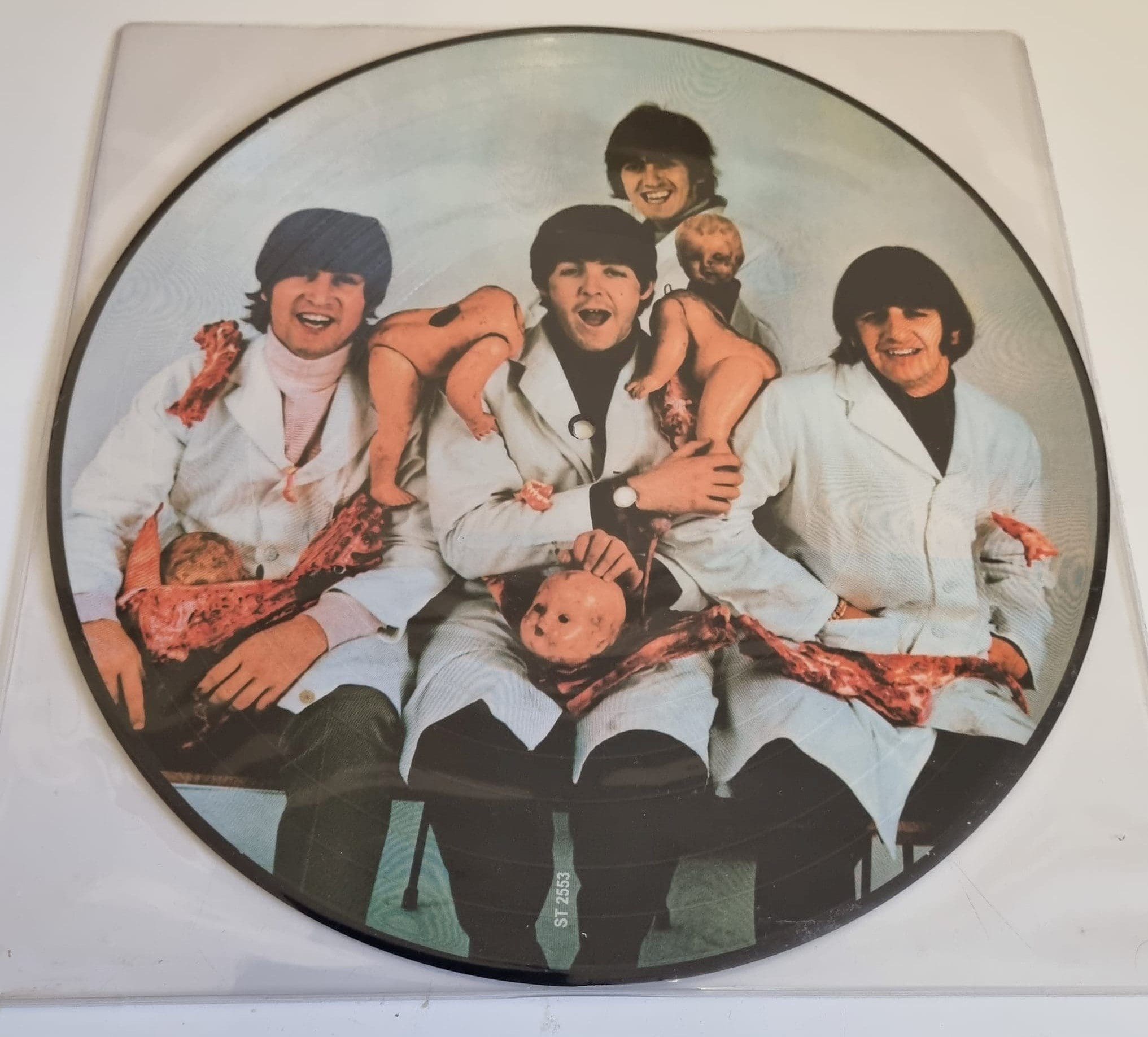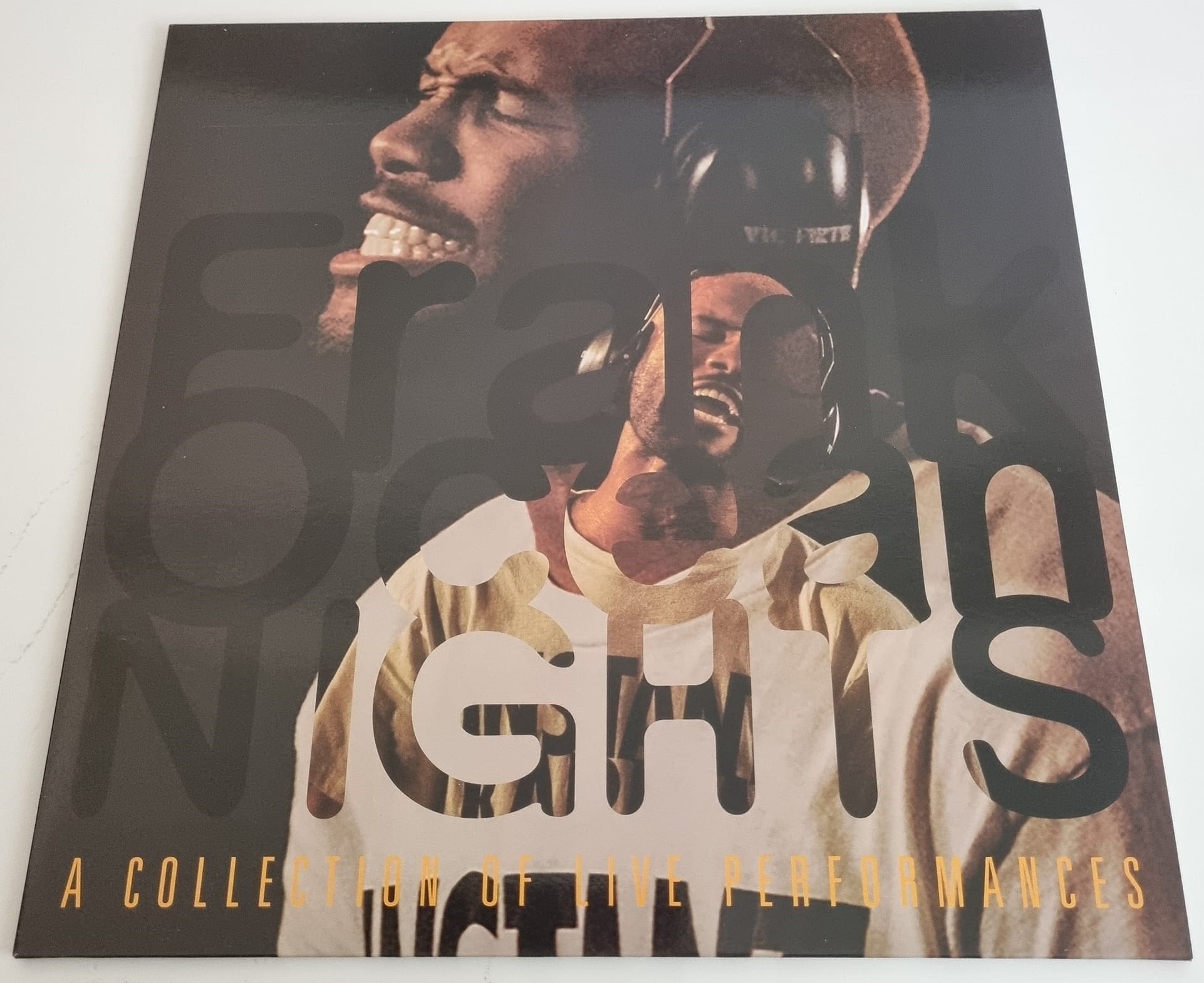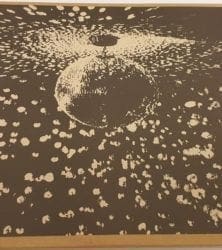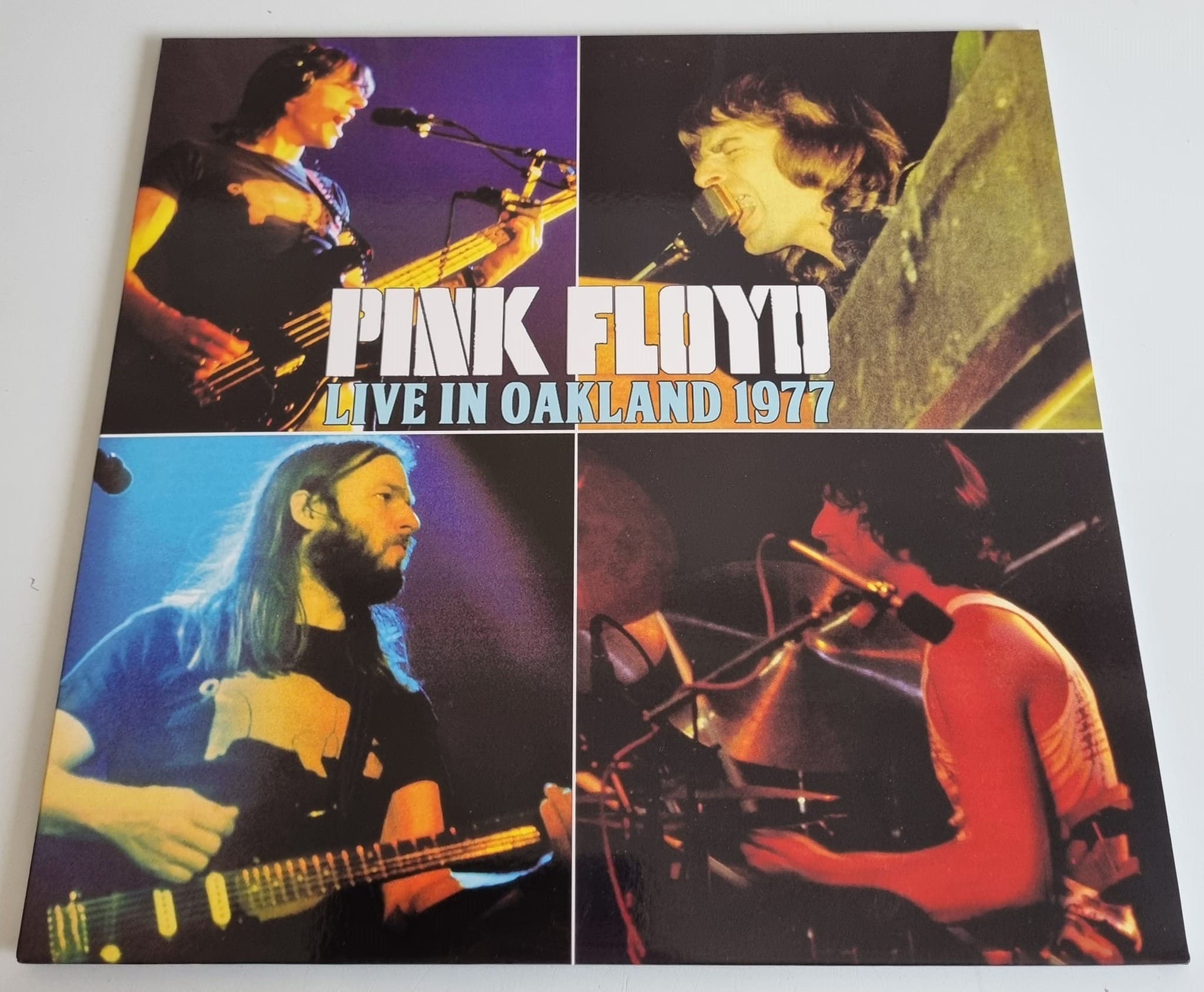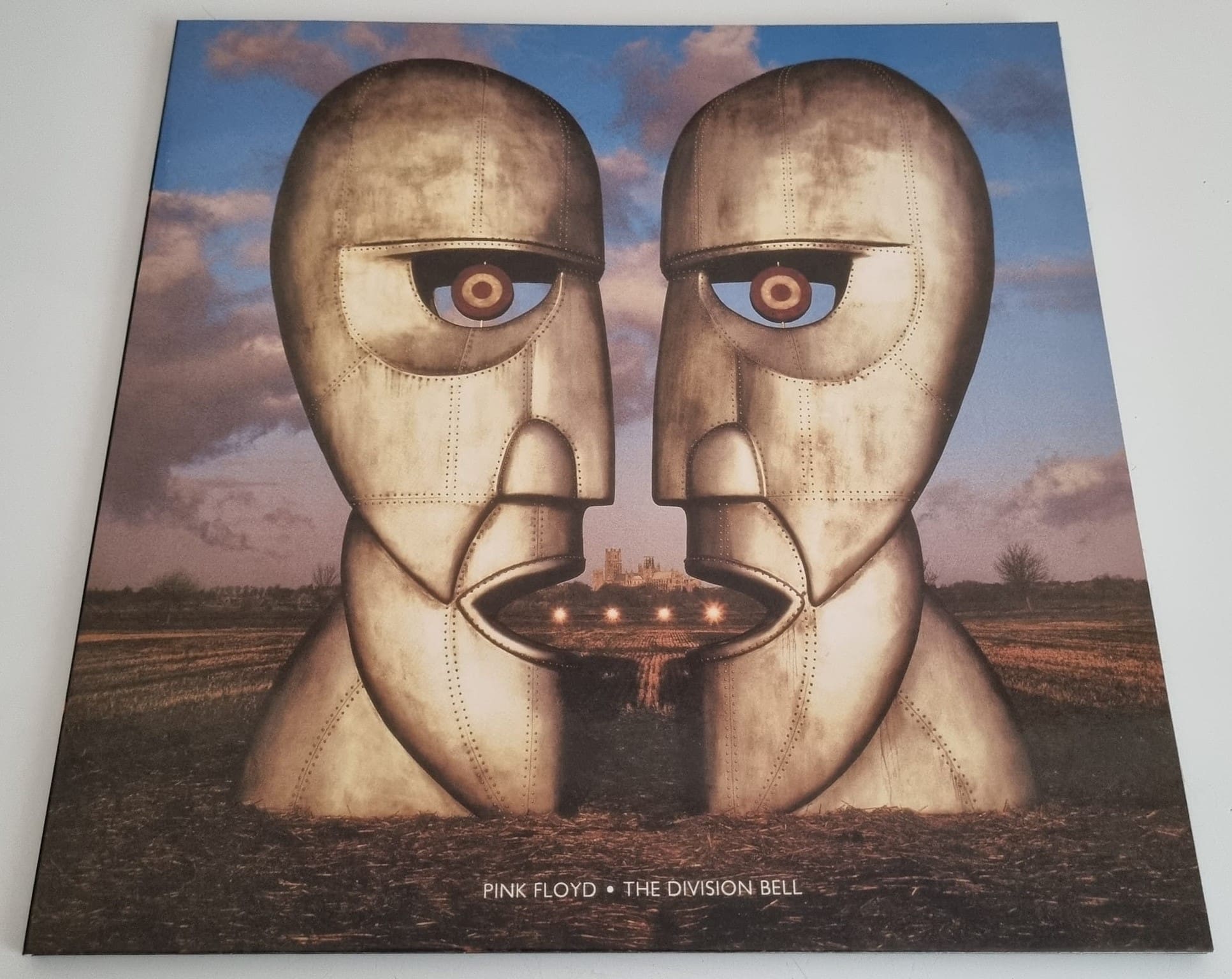Psychedelic/Acid
Psychedelia originated in the 1960’s and is associated with people who use psychedelic drugs. The term is also used to describe a style of psychedelic artwork and psychedelic music. Psychedelic art and music typically try to recreate or reflect the experience of altered consciousness. It frequently uses highly distorted and surreal visuals, and bright colours to enhance the experience of a user. Psychedelic music uses distorted electric guitar, Indian music elements such as the sitar, electronic effects, sound effects and reverberation, and elaborate studio effects, such as playing tapes backwards or panning the music from one side to another.
Acid rock is a loosely defined type of rock music that evolved out of the mid-1960s garage punk movement and helped launch the psychedelic subculture. The style is generally defined by heavy, distorted guitars, lyrics with drug references, and long improvised jams.
Acid rock distinguishes itself from other psychedelic styles by having a harder, louder, or heavier sound, and developed mainly from the American West Coast. Such American groups did not focus on novelty recording effects or whimsy as much as subsequent British psychedelia, and instead emphasized heavier qualities.
As the movement progressed into the late 1960s and 1970s, elements of acid rock split into two directions, with hard rock and heavy metal on one side and progressive rock on the other. In the 1990s, the stoner metal genre combined acid rock with other hard rock styles such as grunge, updating the heavy riffs and long jams found in acid rock and psychedelic-influenced metal.
Sort by
Showing all 26 results

